Lecture 4: AI in Accounting and Auditing
1/13
There's no tags or description
Looks like no tags are added yet.
Name | Mastery | Learn | Test | Matching | Spaced |
|---|
No study sessions yet.
14 Terms
What is Big Data?
No unified definition:
Data exceeding the level of efficient manageability within traditional DB
Process of analyzing a large volume of diverse data, in any variety of form, using ground-breaking apparatus to identify opportunities to improve overall value
Common trait: large population of data
Components: volume, variety, velocity, veracity
New to accounting and audit industry: no formal means to evaluate it, has not applied it in assessments
Correlations vs. causation
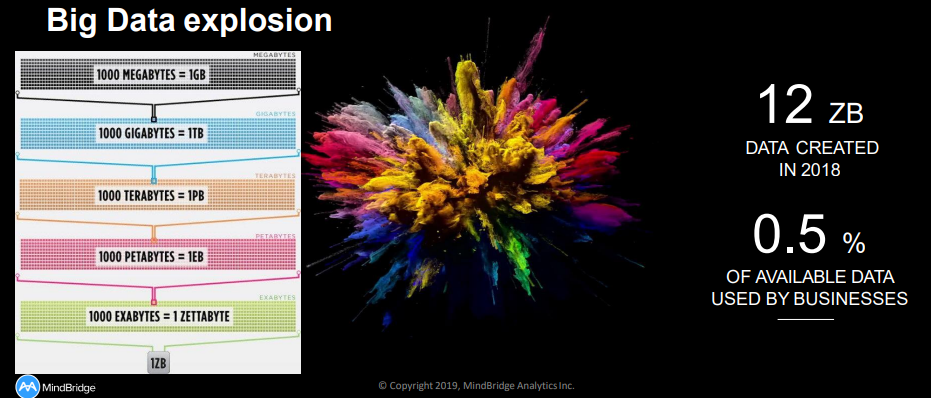
Examples of Big Data
GPS receiver in your cell phone
Cash registers when you make a purchase • Cameras in public places
Your car
Your digital photos
Your IoT devices
Sensors
Artificial Intelligence
Artificial intelligence is the use of a computer to model intelligent behavior with minimal human intervention
Intelligence exhibited by machines
A machine mimics ‘cognitive’ functions that humans associate with other human minds
Machines & computer programs are capable of problem solving and learning, like a human brain
Definition: “Intelligence exhibited by machines. A flexible rational agent that perceives its environment and takes actions that maximize its chance of success at some goal. the term ‘artificial intelligence’ is applied when a machine mimics ‘cognitive’ functions that humans associate with other human minds, such as ‘learning’ and ‘problem solving’”
AI Attempts to Mirror Human Capabilities
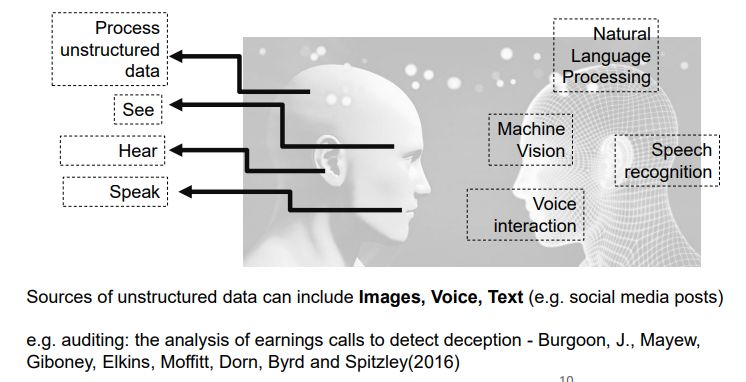
The Turing Test
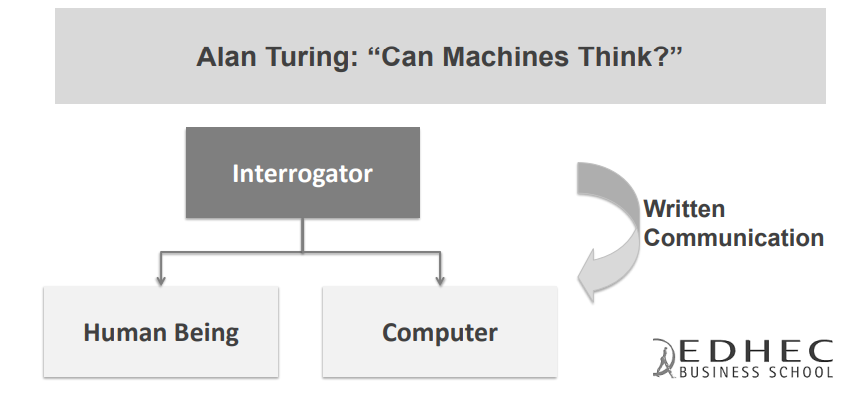
Evolution of AI
Dreyfus (1964) classifies traditional Artificial Intelligence (AI) work into four main areas:
Game playing
Problem solving
Language translation
Pattern recognition
Two decades later, in 1984, that original optimism hit a rough patch, leading to the collapse of a crop of A.I. start-up companies in Silicon Valley, a time known as “the A.I. winter
Early 80s: focus of AI shifted from basic paradigms and pure logical development to the identification and formalization of human expertise
This led to the area of Expert Systems (ES)
Areas of AI 1990’s
Natural Languages
Expert Systems
Cognition and Learning
Computer Vision
Expert Systems (ES)
Expert Systems became the most popular area of AI and eventually the basis of many commercial, semi-commercial and prototype systems
Vasarhelyi, M. A. “Expert Systems in Accounting and Auditing,” in Artificial Intelligence in Accounting and Auditing, Vols. 1 to 6 , Markus Wiener Publishing Inc., New York. (1989 to 2002)
AI Enablers
Faster technology
Larger yet cheaper storage
Computerization
High level of investments by industry (Google, Baidu, Microsoft, etc.)
Deepmind developed AlphaGo
IBM Watson uses in healthcare
Deloitte and Kira systems in contract analysis
Machine Learning

Unsupervised Learning
No expert input, the computer identifies pattern in data and looks for outliers
Particularly useful where the human expert does not know what to look for
Does not require labeled data
Supervised Learning
Human expert feeds the computer with training data
From that data the computer should learn the pattern
Requires labeled data
Reinforced Learning
Reinforced learning algorithm continuously learns from the environment in an iterative fashion
Uses rewards and punishments
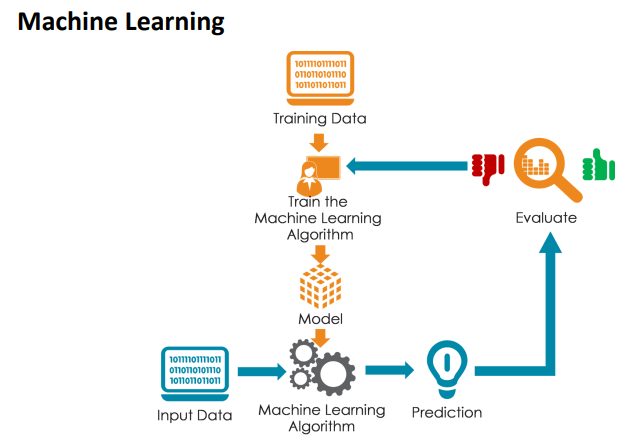
How Does AI work?
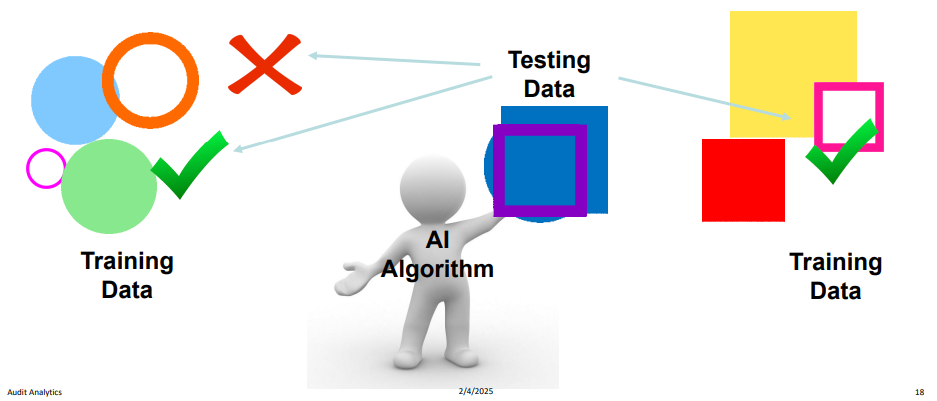
Examples of What Machine Learning Can Do
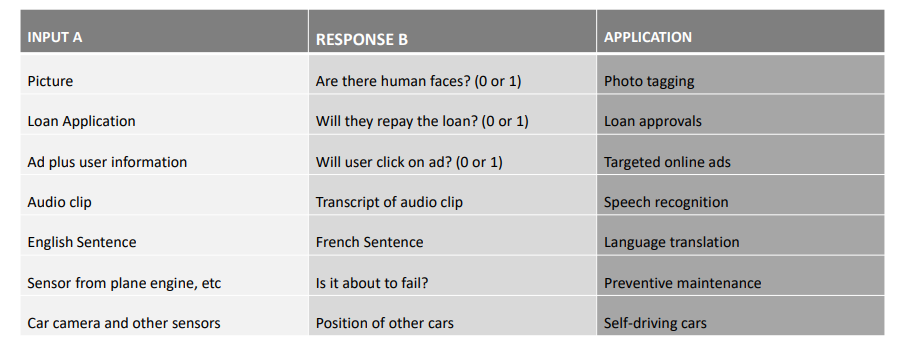
ML Applications in Accounting and Auditing
Expert systems and DSS (duplicate detection)
Predictive Analytics (profitability, bankruptcy)
Outlier detection (fraud, CSA, refunds)
User Segmentation (clustering)
Inventory analysis (drones, images)
Contract analysis (engagement letters)
Sentiment analysis (FS, ESG)
Automation (RPA and IPA)
Recommender systems (App recommender, BotVisor)
Risks and Concerns of AI
Accuracy
Bias
Explainability (Blackb)ox
Security
Privacy
Information spillover
De-skilling
Job loss
Select Considerations when Establishing AI Development
Several factors need to be considered when determining if an application meets the required standards or ethics and safety before implementation
(1) Trust and Accuracy
Accuracy of data inputs and output results
Over reliance on given information without due diligence on sources
Explainability and traceability of outputs
(2) Privacy and Security
Data collection with unclear use; will your sensitive data be made open to the public?
What surveillance applications of GPT will society deem ethical?
Cybersecurity concerns
(3) Fairness and Bias
Bias toward certain subgroups due to public training data
Bias in model can drive unfair outcomes in some business applications
Toxicity in responses requires ongoing management
(4) Legal and Regulatory
Potential copyright and IP infringement considerations
Liability of use
Compliance with regulations (existing and in development)
Where Are We Heading?


Innovation Mindset: Bryan’s Amazing Animals [Drones for Inventory Count]
Auditors perform periodic inventory counts and focus on the innovative practice of using drones and automated counting software to complete the inventory process
Using drone technology and automation to innovate inventory management and for auditing of inventory
EY has launched a global proof of concept to expand the use of drones in inventory observations as part of its digital audit capabilities
In order to enhance audit quality, this extensive pilot project will use pioneering industry technology to improve the accuracy and frequency of the inventory count data collection
While capturing images of the inventory can improve the evidence for the inventory counts, this alone does not necessarily improve the efficiency of the inventory process
Thus, an important complement to capturing images is to automate the identification and counting of the items in the image
To automate the identification of items, several companies have developed automated counting software

